

|


|
Tamiya XB Mugen Integra Type-R (Blue) - # 57716
|
Released by Tamiya in August 2002, the 4WD XB Mugen Integra Type-R (Blue) (#57716) is No.16 in the RTR Pre-Assembled Expert Built Series, based on the TT-01 chassis. The Tamiya Honda Mugen Integra Type-R bodyshell, was used for the Beams Integra kit (#58293) based on the TL-01LA chassis, that was introduced in July 2002.
A pre-painted lexan bodyshell, a 540 motor and radio system are included, but may require a battery, charger and speed controller to complete (specifications differ from country to country).
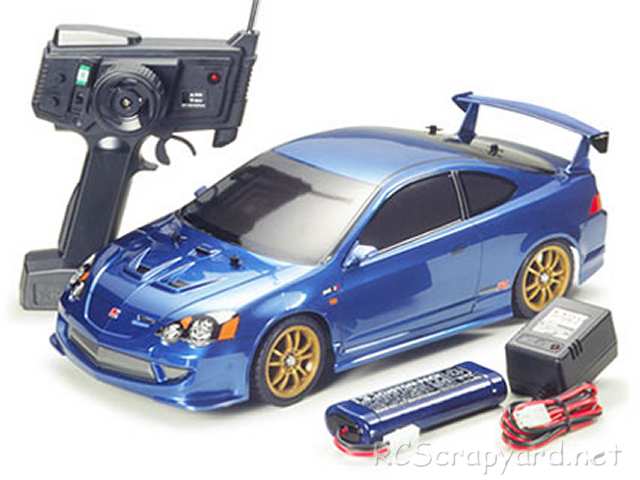
The TT-01 is shaft driven, on a molded plastic chassis, with gear type differentials, coil spring over friction dampers, dogbone drive-shafts and bushings.
Like the majority of Tamiya models, this model comes with plastic bush type bearings, that after a short while, when dust and grit get into them, actually wear into the metal drive shafts - our recommendation is that these should be replaced by steel shielded ball bearings ASAP.
To get the best from the Tamiya TT-01 Chassis, it needs to be fine tuned, for smooth acceleration under control and handle corners at high speed, without slipping off the track. Small adjustments can make a Big difference and our simple to understand, step by step procedure, will guide you to the best Set-up for your driving style.
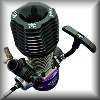
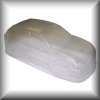
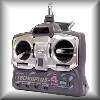
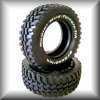
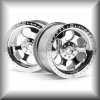
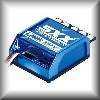
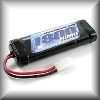
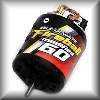
|
|
|

|
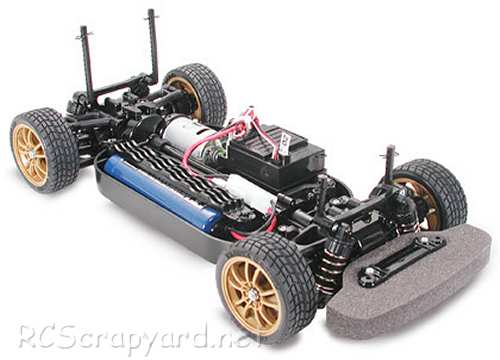
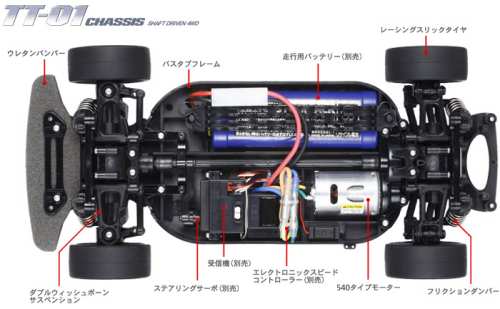
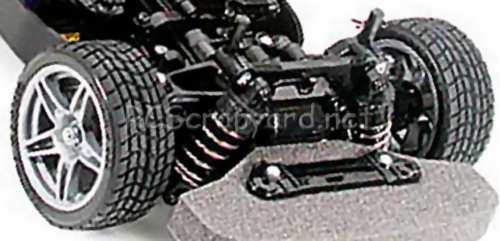
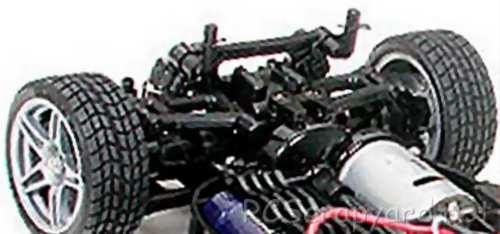
Buying a Used Tamiya Mugen Integra Type-R
|
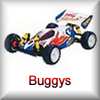
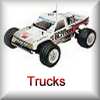
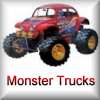
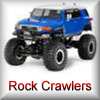
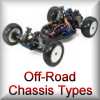
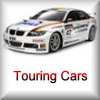
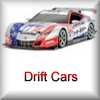

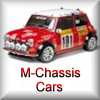
|
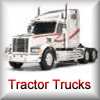
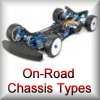
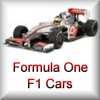
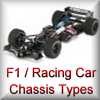
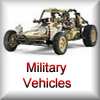
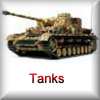
|
|
|
|
Hints, Tips and Information How to Charge Rechargeable Batteries for Peak PerformanceNi-Cad (Nickel Cadmium) Batteries
1/ All Ni-Cad Batteries have to be Discharged soon after use. This is to avoid the dreaded "Memory" effect that on subsequent re-charges can cause a momentary drop in performance during a race. A simple discharger can be made from a car 12v bulb.
Ni-Mh (Nickel Metal Hydride) Batteries
1/ Never charge Ni-Mh batteries at a current higher than 4.5 amps. Although these batteries can give a higher voltage than Ni-Cad Batteries, they are much more sensitive and easy to damage if charged too quickly. |
Information and AdviceElectronic Speed ControllersHistory
ESC were originally developed to be used in conjunction with brushed 27T stock and modified motors in the late 1970s, early 1980s. Compared to modern day Controllers, they were Bulky and heavy, constructed using basic resistors, rheostats, capacitors and transistors, crammed together on a simple circuit board, to provide stepped but smooth acceleration when compared to the old mechanical, servo operated sweeper Speed Controllers. An Electronic Switch to change the direction of current flow was used on some of these early ESC to give reverse operation. Although they were a vast improvement on the old mechanical speedos of the time, they were expensive, jerky to control, and prone to burn out if not carefully looked after. |
|
RC Models:
|
Radio & Motors: |
Other
Accessories: |